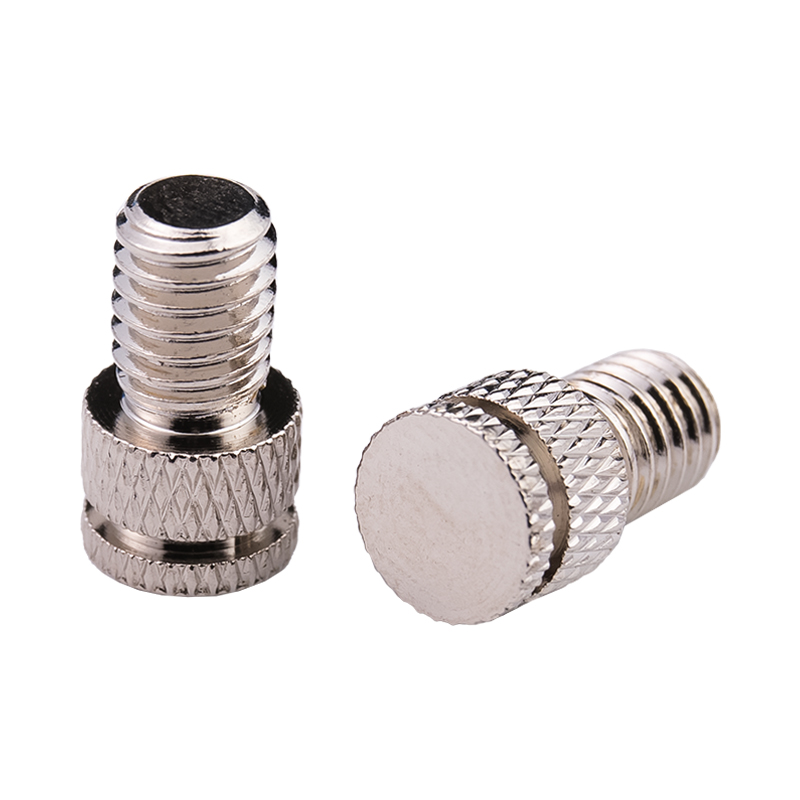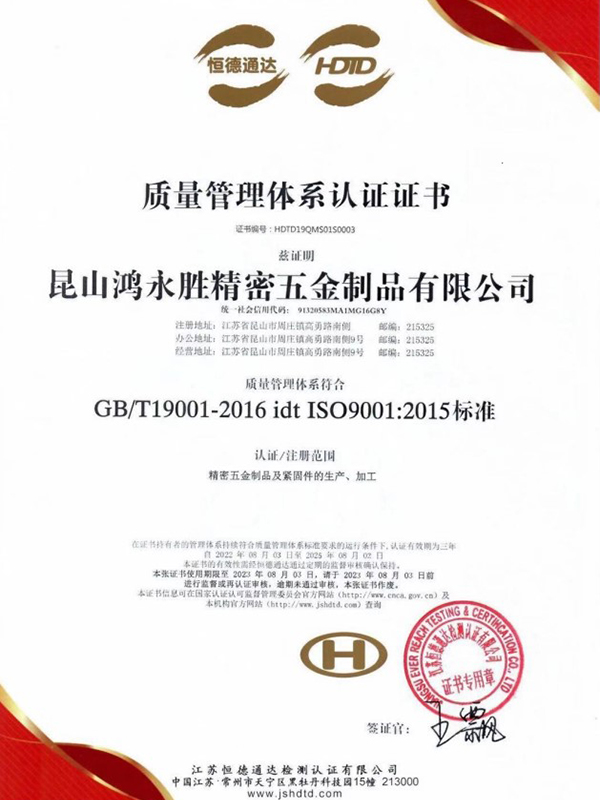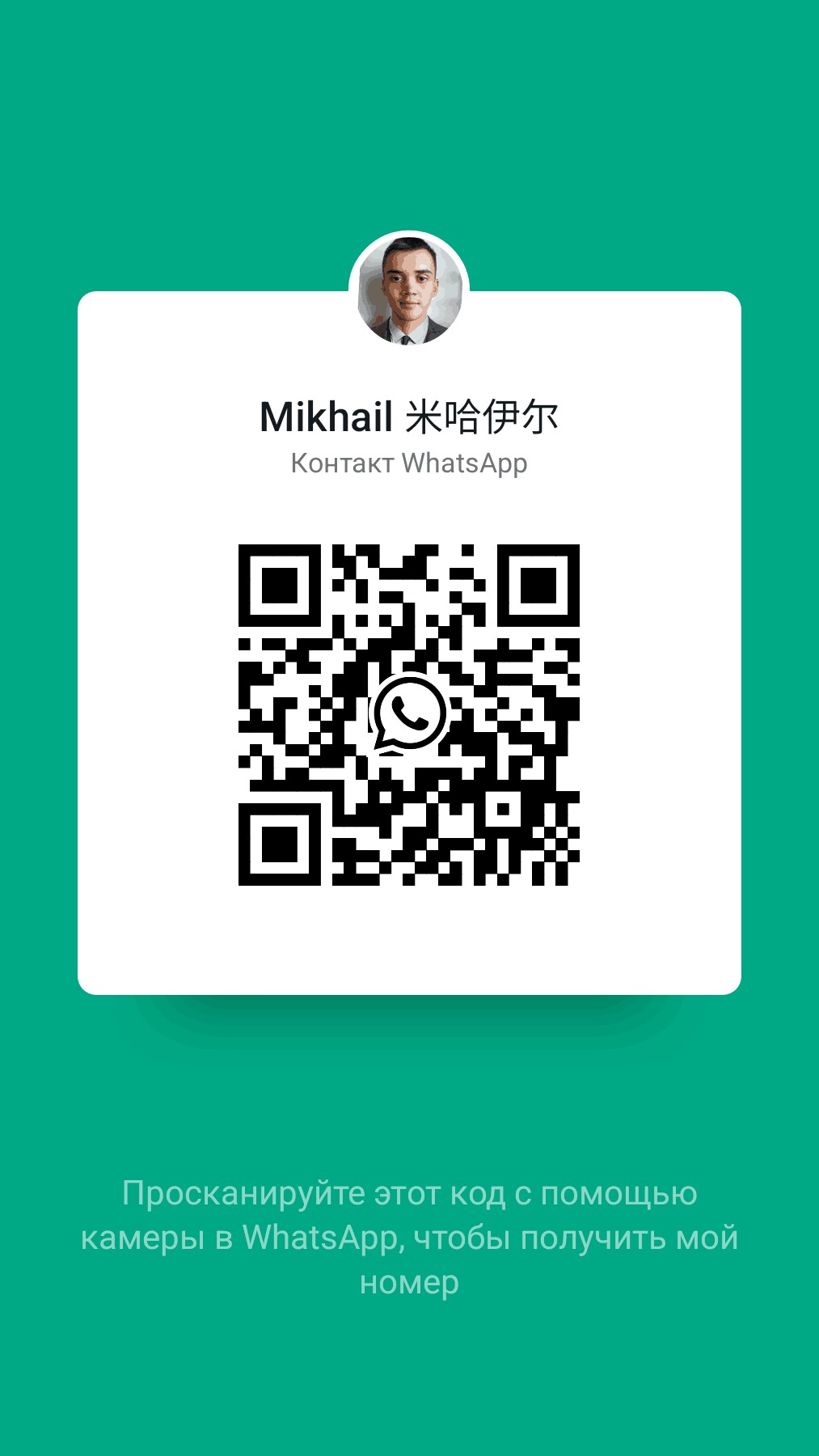Carbon Steel Bolt Supplier Guide: What Buyers Should Look For Selecting the right supplier for carbon steel bolts affects product performance, safety, and long-term cost. This guide breaks down the p...
READ MOREThe company has obtained two quality system management certificates of ISO9001:2015 and IATF16949:2016.
At present, the company has been for Japan, Sweden, the United States, Singapore, Malaysia, Hong Kong and the Pearl River Delta and many other customers to provide services, now the main customers are: Japan Sharp (SHARP), Japan SMC, Japan Panasonic (Panasonic), the Swedish automobile VOVOL, etc., all the fixed assets investment of more than 30 million dollars, welcome friends from all walks of life to the factory to visit, study, consulting and come! We welcome friends from all walks of life to visit our factory, investigate, consult and come to us for sample processing.
We are looking forward to establishing a good business partnership with you with mutual trust and reciprocity!
-
-
Introduction: The Foundation of Mechanical Systems In the intricate world of modern manufacturing and engineering, machined parts form the fundamental building blocks of virtually every mechanical sys...
READ MORE -
Why Structural Integrity Matters In construction, machinery, and other industrial applications, structural integrity is crucial for safety, performance, and longevity. One of the key elements in ensur...
READ MORE -
Introduction to Stainless Steel Fasteners Stainless steel fasteners are widely used in construction, machinery, and industrial applications due to their corrosion resistance and durability. Among them...
READ MORE
How do non-standard copper studs compare in terms of conductivity with other materials?
Non-standard copper studs are renowned for their excellent electrical conductivity, but it's beneficial to compare them with other materials commonly used for studs in various applications:
Copper has significantly higher electrical conductivity than aluminum. Copper's conductivity is around 58 MS/m (mega siemens per meter), whereas aluminum's conductivity is approximately 37 MS/m.
Due to its lower conductivity, aluminum studs may experience higher resistance and energy losses compared to copper studs, especially in high-current applications.
Copper generally has higher electrical conductivity compared to brass. While brass is an alloy of copper and zinc, the presence of zinc reduces the overall conductivity compared to pure copper.
However, brass may offer other advantages such as improved corrosion resistance in certain environments and better machinability.
Copper has significantly higher electrical conductivity compared to steel. While steel is a good conductor of electricity, its conductivity is much lower than that of copper.
Steel studs may be preferred in applications where strength and durability are paramount, but they are not as efficient conductors as copper studs.
Silver has the highest electrical conductivity among metals, even higher than copper. Silver's conductivity is approximately 63 MS/m.
While silver offers superior conductivity, it is less commonly used than copper due to its higher cost and susceptibility to tarnishing and corrosion.
Can non-standard copper studs be used in corrosive or harsh chemical environments?
Non-standard copper studs generally exhibit good resistance to corrosion, which makes them suitable for use in various environments, including mildly corrosive or harsh chemical settings.
Copper itself has a natural resistance to corrosion, forming a protective oxide layer (patina) that helps shield it from environmental factors. This inherent resistance makes non-standard copper studs suitable for many applications where corrosion is a concern.
While copper is generally resistant to corrosion, its compatibility with specific chemicals can vary. Copper may react with certain acids, alkalis, or other chemical substances, leading to corrosion or degradation over time. It's essential to assess the specific chemical environment in which the copper studs will be used and ensure compatibility.
In some cases, surface treatments or coatings may be applied to non-standard copper studs to enhance their resistance to corrosion in particularly harsh environments. These treatments can provide an additional layer of protection against corrosive chemicals or atmospheric conditions.
In extremely corrosive environments where copper may not offer sufficient protection, alternative materials such as stainless steel or specialized corrosion-resistant alloys may be considered for stud applications.



 русский
русский Español
Español




